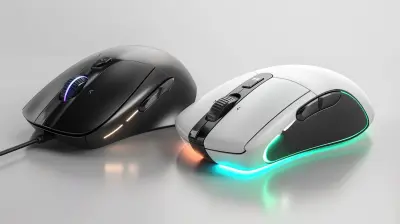How Drones Are Shaping the Future of Journalism
15 June 2025
Imagine this: a breaking story in a conflict zone, and instead of risking a journalist’s life, a drone buzzes overhead, capturing everything in real-time. It swoops in like a silent observer, pulling back the curtain on events the world wouldn’t otherwise see. That’s not some sci-fi fantasy anymore – it’s happening right now. Drones are dramatically changing how we report the news, and honestly, it’s one of the most exciting shifts in modern journalism.
This article dives headfirst into how drones are revolutionizing journalism – from capturing breathtaking aerial shots to enabling safer, faster, and more immersive coverage than ever before.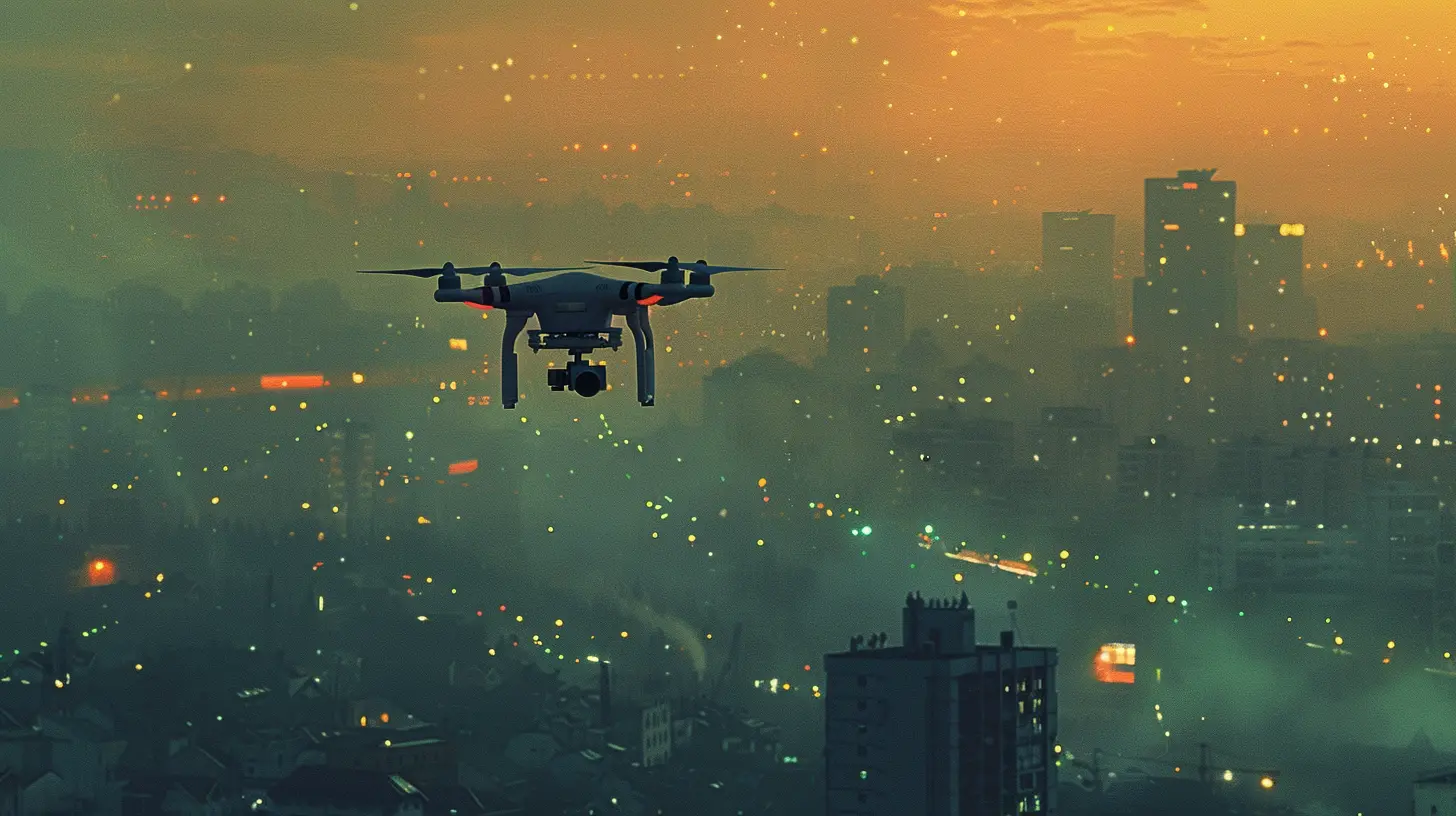
The Evolution of Journalism: From Pen and Paper to Propellers
Let’s face it – the game has changed. Journalism isn’t just about notepads and press conferences anymore. Technology has blown the doors wide open. Live tweets, podcasts, 360-degree videos – the audience wants their news fast, real, and unfiltered. And drones? They're quickly becoming one of the most powerful tools in a reporter’s toolkit.At first, drones were toys for hobbyists. Then filmmakers saw their potential. Now, journalists see drones as their window to the sky – literally. From covering natural disasters to political protests, journalists are using drones to tell stories nobody else can.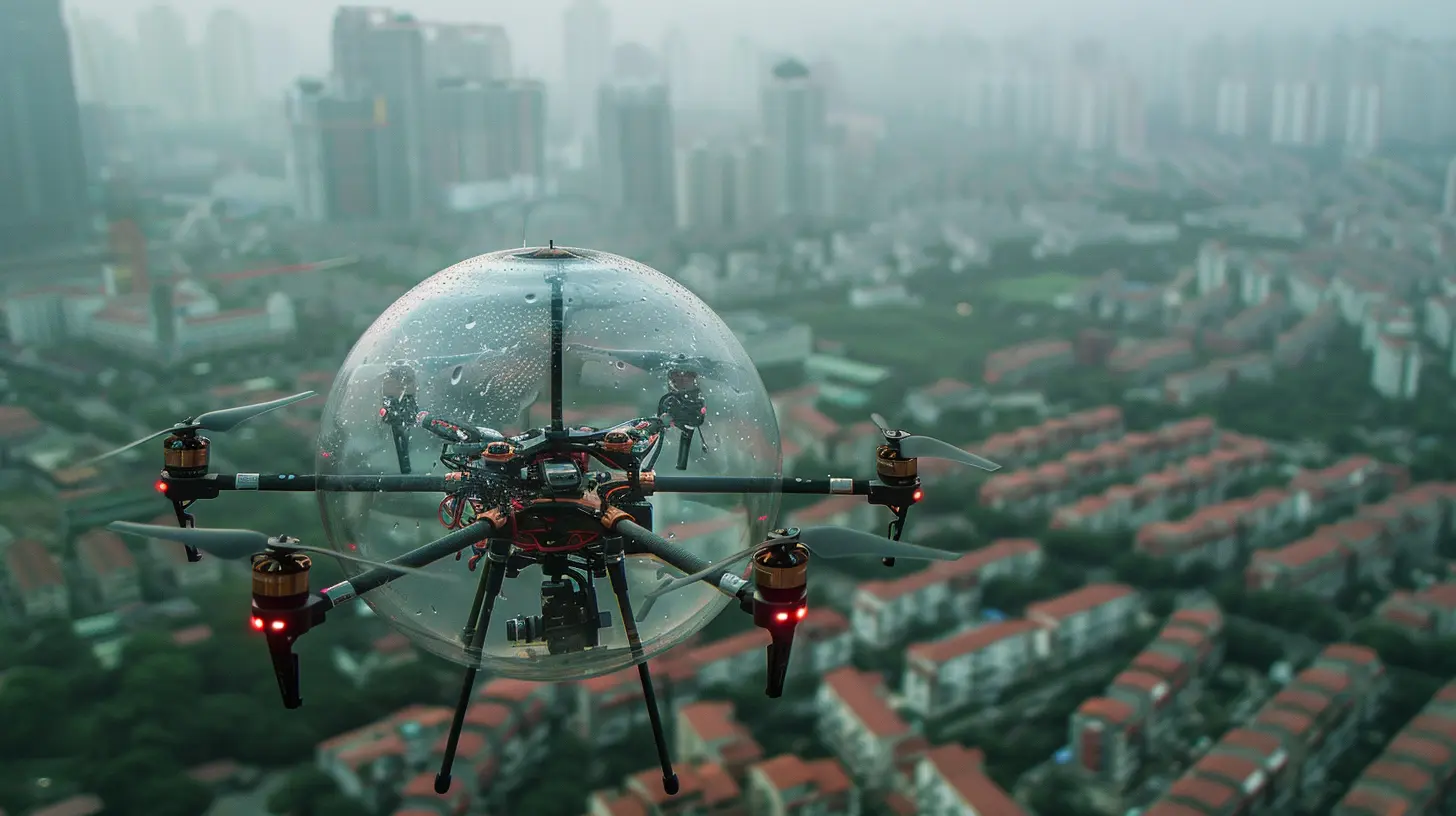
Why Drones? What Makes Them a Journalistic Game-Changer?
You might be thinking, “Can’t a regular camera do the job?” Sure, traditional cameras are great... but they have limits. Drones offer something revolutionary – perspective.Here’s what makes drones such a sweet deal for journalism:
🛰️ 1. Access to Hard-to-Reach Places
Drones can go where people often can’t. Think collapsed buildings, flooded areas, or high-risk zones. In situations deemed too dangerous or physically inaccessible, drones can fly in and capture the situation up close without putting anyone in harm's way.🕊️ 2. Safer Reporting in Conflict Zones
War reporting has always carried huge risks. But now, with a drone, journalists don’t have to be on the frontlines to capture it. Drones deliver footage from active battle zones or areas under siege, giving the world real-time updates while keeping reporters out of harm’s path.📸 3. Stunning Aerial Imagery
Let’s be honest – drone footage looks amazing. There’s something captivating about sweeping aerial views that give context and scale to a story. Be it a climate protest in Berlin or a wildfire in California, drones add a cinematic layer to journalism that pulls viewers in emotionally.🗞️ 4. Real-Time News Delivery
Pair a drone with live-streaming capabilities, and boom – you’ve got instant news. Audiences crave real-time updates, and drones help deliver just that with a bird’s-eye view, especially during breaking news events like hurricanes, protests, or traffic disasters.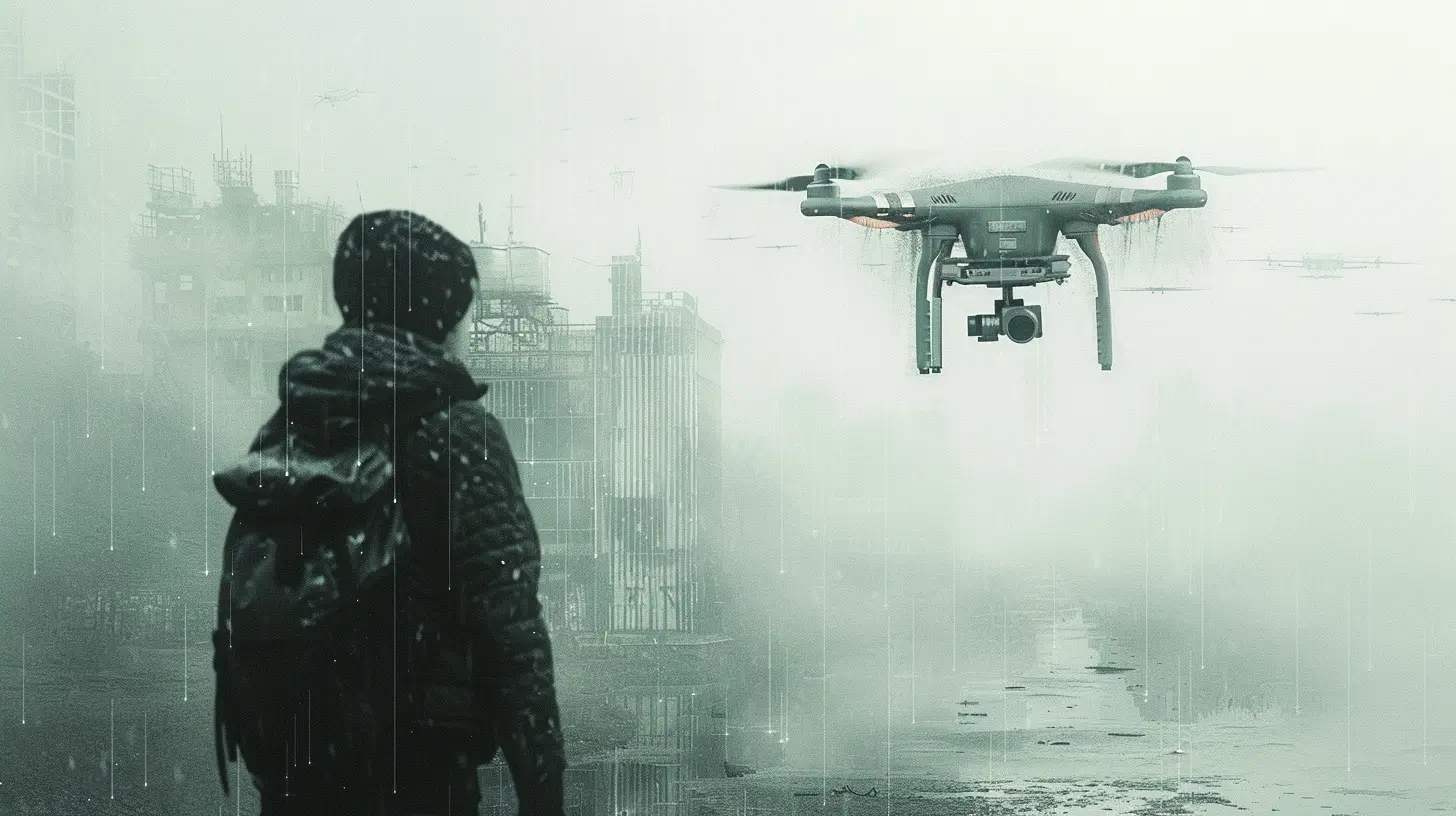
Real-Life Stories: Drones in Action
Let's get grounded in some reality, shall we? Here are a few pulse-raising examples of drones being the unsung heroes of modern storytelling.💨 Covering Natural Disasters
When Hurricane Ian slammed into Florida, news crews couldn’t access many devastated neighborhoods. But drones could. They flew above flooded streets and collapsed homes, bringing powerful imagery to living rooms around the world. It gave viewers — and relief teams — a clearer picture of the destruction.🏞️ Environmental Journalism
The Amazon rainforest? Melting glaciers in Greenland? Drones are perfect for wide-scale environmental reporting. Not only can they show deforestation in action, but they also allow journalists to track changes over time. Couple that with time-lapse technology, and you’ve got storytelling that spans seasons.✊ Social Movements and Protests
During the height of the Black Lives Matter protests, drones captured sweeping, peaceful marches and tense police standoffs from above. The footage helped provide context, scale, and emotional punch, offering the world a unique lens into what was happening on the ground – or above it.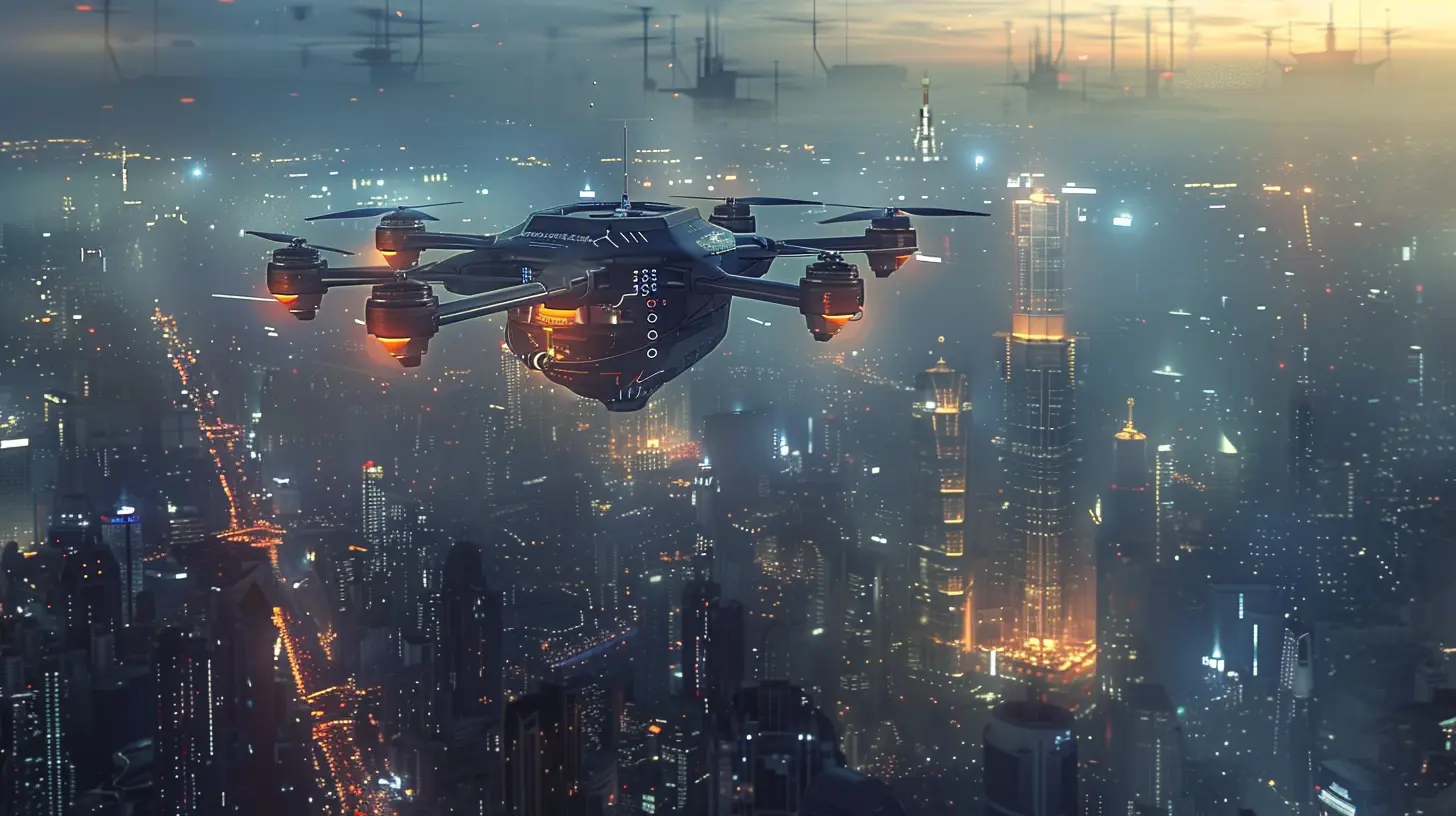
How Drones Are Changing the Storytelling Game
Drones aren’t just about cool footage. They’re reshaping how stories are told.🎥 Immersive Storytelling
Journalists can now create stories that are both informative and cinematic. Audiences are more likely to click on a drone video than static images because of the movement, drama, and immersive angles those flying cameras provide.Let’s say a reporter is covering the impact of climate change in coastal cities. A drone can show rising sea levels swallowing neighborhoods. It’s emotional, it’s engaging, and more importantly – it sticks with the viewer.
🧠 Data + Visuals = Next-Level Reporting
Some newsrooms are integrating drone footage with data graphics. Picture a drone’s footage of a forest fire with real-time overlays of wind speed, fire spread, and evacuation orders. That’s not just visuals – that’s interactive, context-rich journalism.🛠️ DIY Journalism
Drones have lowered the barrier to entry. You no longer need a full camera crew to tell a compelling story. A journalist with a DJI drone and a good eye can capture footage that used to require a helicopter and a five-figure budget. It’s empowering solo journalists and small media outlets alike.The Ethical Dilemma: Just Because You Can, Should You?
Okay, so here’s where things get a bit tricky. With great power comes great responsibility — even for drones.👀 Privacy Concerns
Flying cameras can feel... creepy. Imagine someone flying a drone over your backyard. Not cool, right? That’s why ethical drone journalistic practices are a big deal – respecting privacy while gathering news responsibly is key. There’s a fine line between reporting and surveillance.🛑 Legal Boundaries
Different countries have different airspace rules. In many places, you can’t just launch a drone wherever you want. Journalists must navigate a complex puzzle of permissions, licenses, and no-fly zones. Ignoring these rules can lead to fines (or worse).🎭 Misinformation & Manipulation
Another concern? Drones can be used to mislead. A carefully edited aerial shot can change the narrative. That’s why transparency in using drone footage is extra important. What you show – and how you show it – must reflect the truth of the story.Tool of the Trade: Best Drones for Journalists
If you're thinking about diving into drone journalism, you’ll want to know what gear gets the job done. Here are a few journalist-favorite models:DJI Mavic Air 2
- Compact, powerful, and super user-friendly.- Perfect for solo reporters on the move.
DJI Phantom 4 Pro
- Excellent camera quality and great range.- Ideal for professional photojournalists.
Skydio 2
- Known for its obstacle avoidance—great in complicated environments.- Push-button simplicity with AI tracking.
Of course, it’s not just about the drone. You’ll also need editing software, proper drone insurance, and most importantly – a good story to tell.
The Future Is Flying: What’s Next for Drone Journalism?
So, where do we go from here? If drones are already changing journalism so much, what’s next?🌐 AI Integration
Soon, expect drones with built-in AI that can follow developing stories autonomously, recognize faces (with ethical use, of course), and even fact-check visuals in real-time. Sounds wild, but it’s on the horizon.💻 5G and Real-Time Coverage
Faster internet means faster uploads. With 5G, journalists will be able to stream high-def drone footage in real-time, with practically no lag. It’s gonna make breaking news even more immediate and immersive.🌍 Global Drone Networks
Some news agencies are already experimenting with drone hubs in different parts of the world. Think of it as having eyes in the sky everywhere – ready to capture the next big story at a moment's notice.Conclusion: A New Era of Sky-Bound Storytelling
Drones are not just tech gadgets – they’re storytelling tools that carry emotion, urgency, and perspective. They’re helping us see the world in ways we never could before. Whether it’s covering tragedy, triumph, or transformation, drones offer a new lens – not just in terms of visuals, but in how we perceive journalistic responsibilities and possibilities.Of course, challenges exist – ethical questions, safety concerns, and legal grey areas. But the potential? Limitless. As journalists continue to embrace drone technology, one thing’s clear: the sky is no longer the limit — it’s just the beginning.
So next time you see a drone in the air, remember: it might just be rewriting tomorrow’s headlines.
all images in this post were generated using AI tools
Category:
DronesAuthor:

Adeline Taylor
Discussion
rate this article
2 comments
Zephyros Mitchell
Drones revolutionize journalism by providing unprecedented aerial perspectives and real-time coverage of events. However, ethical considerations regarding privacy and accuracy must be addressed to maintain journalistic integrity.
June 20, 2025 at 4:53 AM

Adeline Taylor
Absolutely, while drones enhance coverage and perspectives, it's crucial to prioritize ethical standards to safeguard privacy and uphold journalistic integrity.
Emily Conrad
Because nothing says 'trustworthy news' like a flying robot delivering headlines — what could possibly go wrong? Future of journalism, indeed!
June 15, 2025 at 2:56 AM

Adeline Taylor
While it may seem unconventional, drones can enhance news delivery and accessibility, offering new perspectives and real-time coverage. Embracing innovation is key to evolving journalism.

